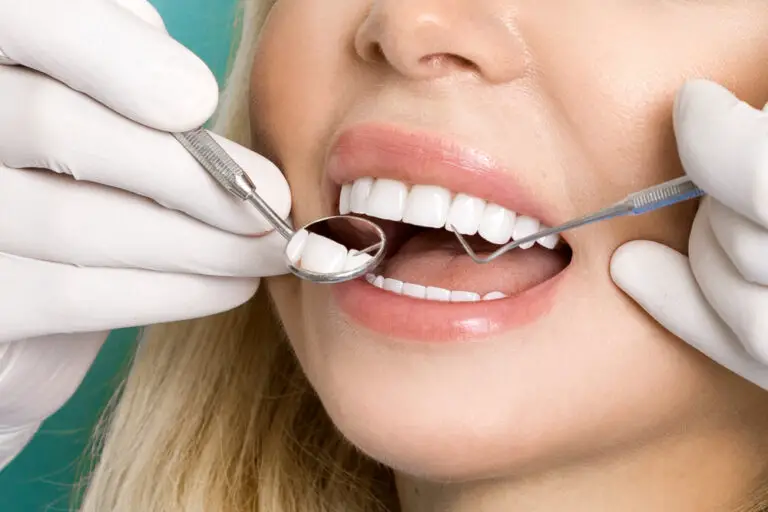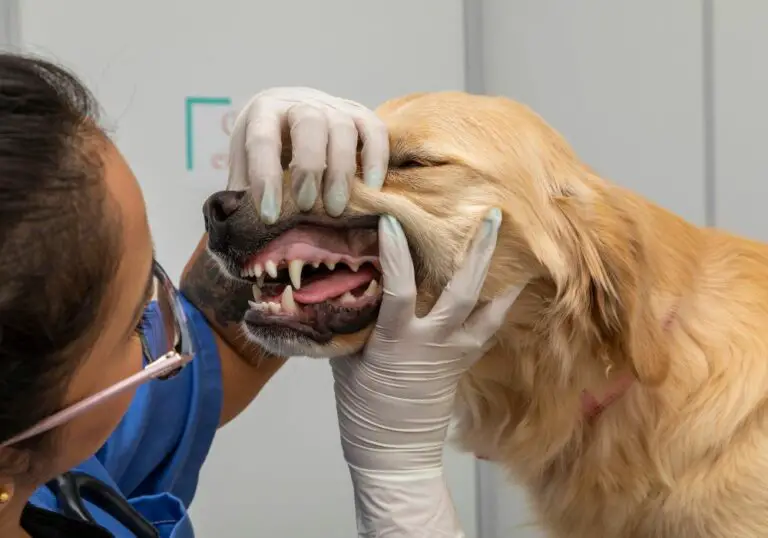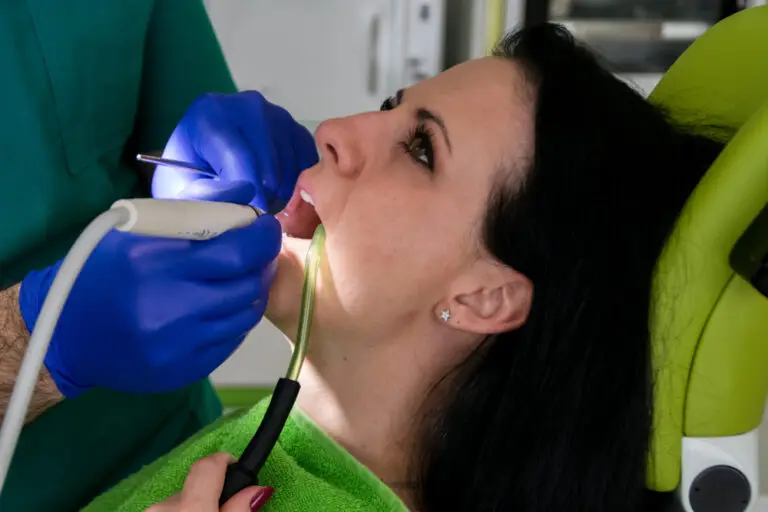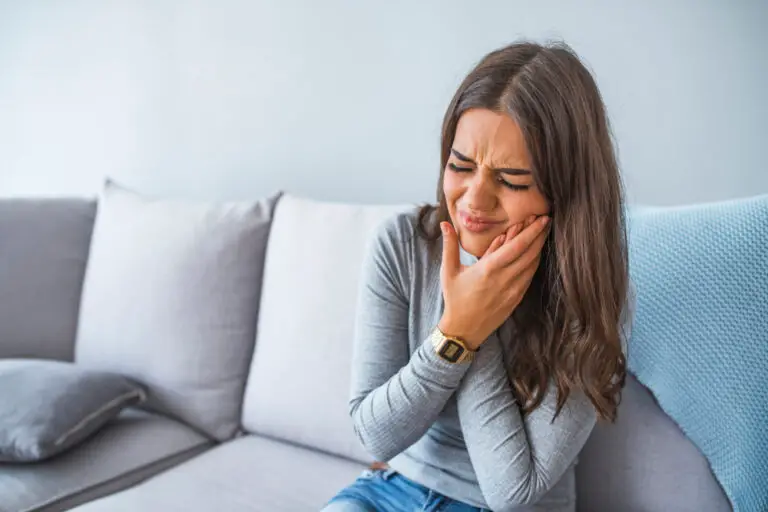Understanding tooth movement throughout life
Teeth can absolutely go from straight to crooked over time. The natural positioning and alignment of teeth is dynamic, not static. Teeth are held in place in the bone by elastic periodontal ligaments and are able to drift and shift positions gradually in response to various oral factors and forces applied to them.
Although orthodontic treatment aims to achieve straight teeth and an ideal bite, teeth are never “permanently” straight. The periodontal ligaments allow physiologic movement, so some slight positional changes will always occur. Over time, without ongoing orthodontic retention, teeth that were previously straightened can relapse and become crooked again.
Why teeth are able to move
Teeth are able to shift positions due to the elasticity of the periodontal ligaments which hold each tooth in place within the jaw bone. The fibers in these ligaments allow teeth to move to a certain degree as the ligaments can stretch and remodel. Excessive force beyond the elastic limit can permanently damage the ligament fibers. Several key factors can cause abnormal forces that lead teeth to drift out of position:
- Normal physiological dental changes – As we age over decades, our teeth naturally drift and move subtly due to gradual changes in our bite and grinding patterns. Jaw growth pattern also changes from childhood to adulthood, influencing tooth positions.
- Loss of bone or gum tissue – Periodontal disease, lesions, injury or tooth extraction can all cause loss of some of the bone or gum tissue surrounding teeth. This tissue provides support for proper tooth positions, so loss of it reduces that support and allows teeth to move more freely.
- Abnormal oral habits – Habits like thumb-sucking, tongue thrusting, nail-biting, and chewing on hard objects like pens can chronically apply excessive forces against the teeth. Over time, this can cause the teeth to gradually shift out of their proper positions they were in.
- Grinding or clenching (bruxism) – Excessive grinding or clenching, especially at night during sleep, puts a great deal of chronic stress and pressure on the teeth. This can slowly cause them to move and rotate. Bruxism often worsens with age and increased stress levels.
- Missing teeth – When teeth are extracted or lost and not replaced with prosthetics like implants or bridges, it allows the remaining natural teeth to shift or tip into the newly empty space. This can alter dental alignment over time.
- Tongue piercings – Tongue jewelry directly contacts the front teeth and can apply frequent force that causes subtle tooth movements, especially of the front incisors. This is often seen with tongue piercing jewelry.
Contributing medical, dental and lifestyle factors
There are also some underlying medical, dental, and lifestyle factors that can contribute to an increased likelihood of teeth shifting from straight to crooked:
- Hormonal changes and fluctuations – Puberty, pregnancy, and menopause are examples of life stages involving major hormonal changes that can impact dental alignment. Estrogen and progesterone in particular affect the jaw bones and periodontal ligaments.
- Dental work – Certain dental procedures, like extracting wisdom teeth or preparing teeth for crowns, can affect how the other teeth erupt and settle afterward. Bite changes from dental work can contribute to later teeth shifting.
- General health issues – Diseases that affect the jaw joints and muscles, like arthritis, tumors, joint injuries or dysfunction, all influence the forces placed on teeth daily. This can allow unhealthy movement if unchecked.
- Medications – Many common medicines like antihistamines, antidepressants, antipsychotics and anticonvulsants are known to impact oral health and dental alignment. They often cause reduced saliva flow and gum overgrowth.
- Substance use – Use of tobacco, alcohol, and recreational drugs raises the risk of all oral health problems including gum disease, wear and grinding damage, which then influence tooth positions.
- Clenching and grinding habits – These harmful habits typically get worse with age due to increased responsibilities and stress. Chronic grinding and clenching worsens over decades and applies damaging forces against teeth at night.
- Poor oral hygiene – Inadequate or infrequent brushing and flossing invariably leads to more dental problems like decay and early periodontal disease. These issues directly undermine the support system keeping teeth aligned.
Recognizing the signs of tooth movement
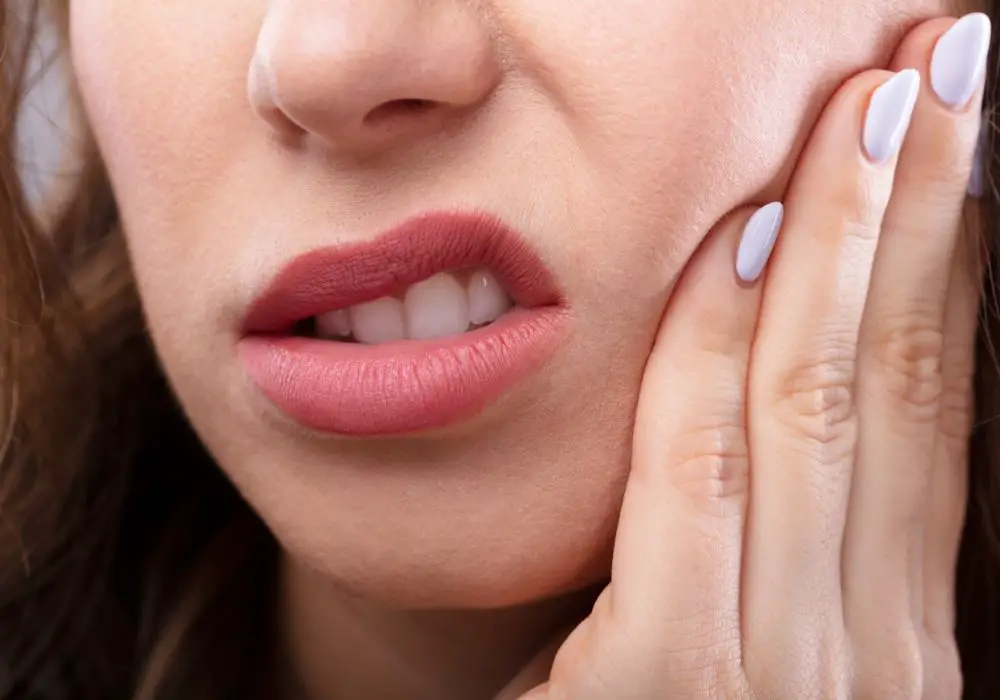
There are some common signs that can indicate your formerly straight teeth are shifting or moving into crooked positions over time:
- Spacing or crowding between the teeth – This is the most obvious visible sign of alignment changes, as teeth drift and spaces open up between teeth or teeth begin to crowd together. Gradually worsening gaps or crowding indicates shifting.
- Appearance of “new” gaps between teeth – Gaps may seem to suddenly appear between teeth that used to fit together well. This is a surefire sign teeth positions have changed.
- Teeth feeling loose, mobile, or moving when biting or chewing – Subtle changes in tooth mobility as they loosen can be felt before visible crowding appears.
- Change in your bite – how upper and lower teeth come together – Shifting teeth alter your bite alignment and contact between upper and lower arches. Bite changes are best assessed by a dentist.
- Difficulty closing lips together naturally without strain – As front teeth drift, you may feel “tightness” trying to close your lips with teeth together.
- Difficulty eating, biting into foods, or chewing effectively – Bite changes from shifting teeth hinder ability to bite off and chew foods.
- Tooth pain, soreness, or sensitivity not otherwise explained – Misaligned teeth often develop contact pain between neighboring teeth.
- Aesthetic changes to your smile like increased “gummy smile” – As teeth shift down or tilt, it can expose more gingiva above the front teeth when smiling.
These signs tend to slowly worsen over months and years if shifting is occurring. The sooner it is detected, the easier correction will be. Make sure to promptly inform your dentist of any shifting signs you spot. Yearly dental exams also help catch early tooth movement.
When is relapse most likely to happen?
Teeth that were previously straightened with orthodontic intervention like braces or clear aligners can certainly relapse back toward their original crooked/crowded positions any time after active treatment. However, there are some key stages of life when people are most vulnerable to their straightened teeth shifting:
Immediately after orthodontic treatment
In the first months after braces or aligners are removed, teeth are still able to be moved somewhat easily and the gum and bone tissues also need time to remodel and fully stabilize around the new positions they have been moved to. Therefore, consistently wearing retainers as directed is absolutely crucial in the initial months and years after appliances are removed to hold teeth in their new corrected alignment.
Relapse most commonly occurs during the first 2 years after orthodontic treatment is concluded if retainers are not diligently worn as prescribed during this critical period. Skipping days here and there or wearing retainers only at night greatly raises the likelihood of teeth shifting back.
Puberty and adolescent growth spurts
Puberty causes significant changes to the facial skeleton and accelerates jaw growth. Oftentimes, teens want to get their braces off as soon as possible before their orthodontic treatment plan was originally scheduled to complete. Cutting active treatment short before all growth and development has finished increases the chance that some shifting could occur afterward during the final growth phase, causing teeth to relapse.
Pregnancy and menopause
Hormonal fluctuations during pregnancy and menopause both heighten the chance of dental alignment changes in women, as the elevated estrogen and progesterone levels significantly influence the jaw bones and periodontal ligaments. Many women report their teeth seeming to shift during pregnancy, only to stabilize again after giving birth. Perimenopause and menopause can also spark shifting.
Mid-life decades
It is very common for adults to start noticing their teeth gradually shifting in their 40s, 50s and 60s, even if they had previously ideal alignment. This is often attributed to long term wear and tear on the teeth over the decades, ongoing changes to bite forces that occur, picking up harmful habits like teeth grinding and clenching, gum recession, and development of other oral health issues.
After loss of posterior teeth
Once back teeth like premolars and molars are lost without replacement from extractions or severe decay, it allows the front teeth to start visibly shifting and rotating, as they no longer have the same supporting foundation from the missing back teeth. People who have lost many posterior teeth often report increased crowding and crookedness of their anterior teeth due to this effect.
Can crooked teeth be straightened again with orthodontic treatment?
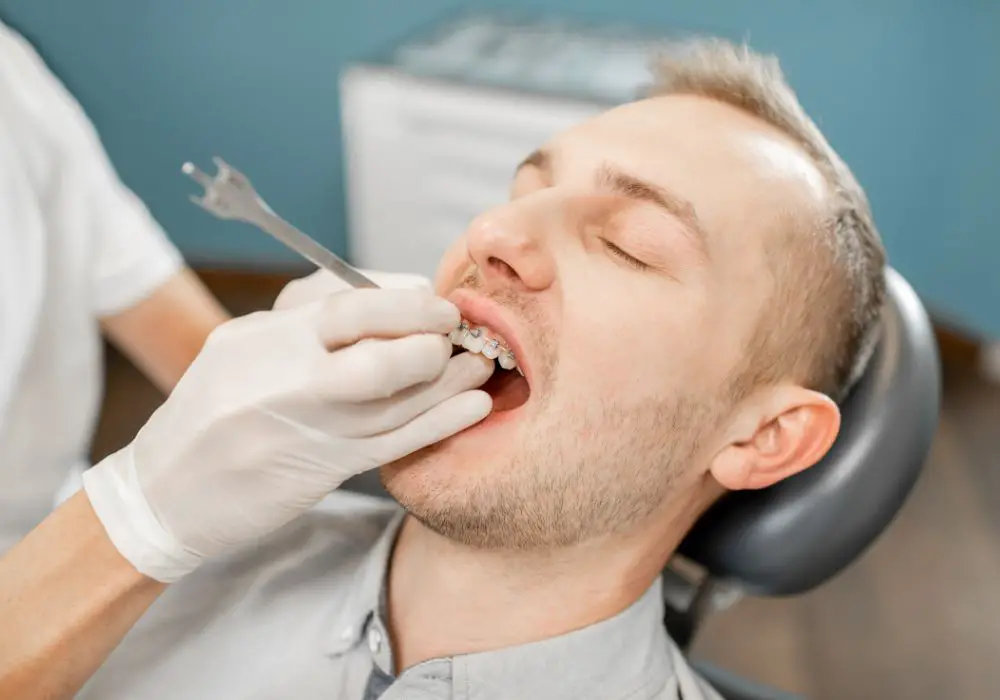
In most typical cases, yes – teeth that have relapsed after prior orthodontic treatment and become crooked again can usually be successfully re-aligned for a second time using some type of orthodontic intervention. However, there are a few important factors for patients to consider when evaluating options for fixing a relapse issue:
- Your current oral health status – Overall dental health can significantly impact treatment success and stability afterward. Any major pre-existing oral health issues need to be fully addressed first before starting orthodontic treatment for shifted teeth, or they could undermine the results. For example, severe gum disease must be treated and stabilized first.
- Amount of shifting or crowding present – Teeth that have only relapsed slightly and drifted minimally may be able to be re-aligned much quicker and with less effort compared to teeth that have experienced major, severe relapse. But in most cases, even significantly crooked and crowded teeth can still be adequately corrected again in patients with good oral health.
- Your age now – Age impacts how readily teeth can be moved through bone as adults have denser bone. Adult ortho treatment may require somewhat longer active treatment time compared to childhood treatment for similar case complexity. There are physical limits on how far teeth can safely be moved at advanced ages.
- Restorative needs – For some patients with chipped, worn or short teeth, adjunct dental treatments like veneers, crowns or implants may be recommended or needed to complement orthodontic correction and achieve ideal aesthetic results. Previous large restorations can also complicate treatment.
- Likelihood of patient compliance – An honest assessment of how well a patient is likely to comply with orthodontic appliance use and oral hygiene habits can inform expectations. Patients with history of poor compliance generally have poorer or unstable outcomes.
These factors should be discussed with the orthodontist when first evaluating options to correct relapse. Be sure to wear retainers diligently long-term after any repeated orthodontic correction!
Orthodontic methods to re-align shifted teeth
For both adolescents and adults with crooked relapse, there are several effective orthodontic methods that can be utilized to successfully straighten teeth again:
Traditional metal braces
Conventional metal braces remain the gold standard treatment option for fully correcting relapse and significant tooth shifting or crowding. Traditional braces have advantages of:
- Ability to achieve precise control and produce complex tooth movements
- Faster treatment times to correct major crookedness compared to clear aligner options
- Typically lower costs relative to aligner therapy
- Aesthetics and self-confidence can be enhanced with use of ceramic/tooth-colored brackets
Clear aligner therapy
Popular brands like Invisalign offer clear, plastic aligner trays that are worn in a series to incrementally move teeth into straightened positions. Clear aligners work best for minor or moderate relapse. Benefits include:
- Removable and discreet look
- Increased comfort compared to fixed braces
- High-tech digital monitoring of tooth movements and treatment progress
- Requires fewer in-office visits during treatment
Hybrid braces
These systems combine clear aligner trays to fix alignment of front teeth along with traditional braces on the back molars. This increases the versatility of treatment with both technologies.
Retainers
In some selective cases of minor tooth drifting, relapsed crowding or spacing can theoretically be resolved solely with the use of orthodontic retainers if worn diligently full-time. Essix or Hawley retainers will slowly continue to shift teeth if worn consistently. Often used as temporary option before commencing active treatment.
Patients should thoroughly discuss all of these options and their needs with an orthodontist. Lifelong retention is critical after completing treatment to prevent repeat relapse!
Can shifting be prevented after orthodontic treatment?
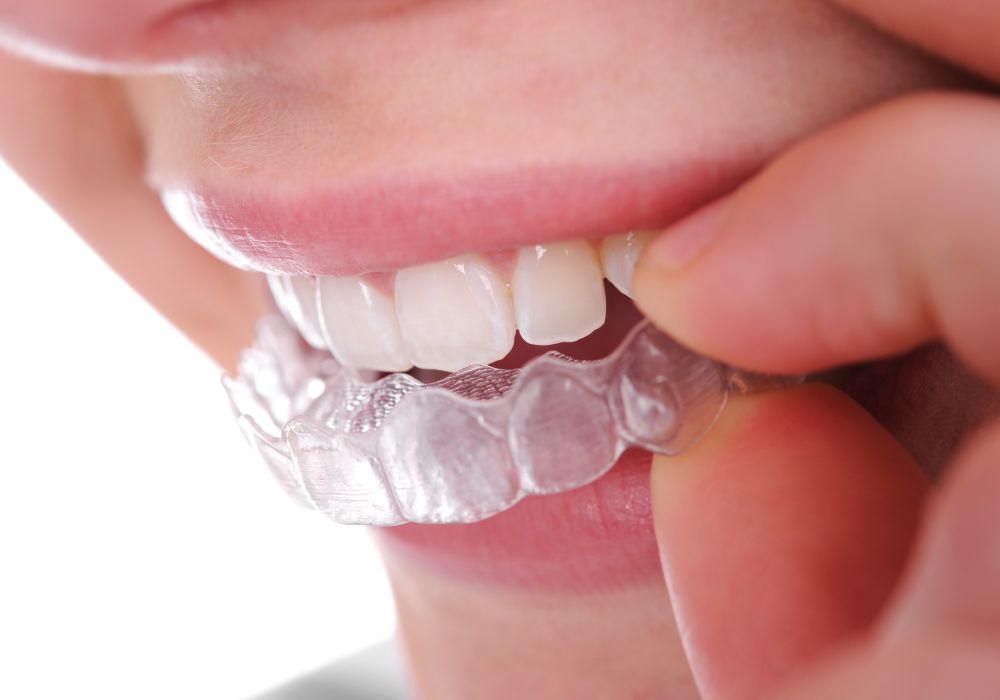
While minor, gradual physiological tooth movement is inevitable to some degree as we age, there are absolutely steps patients can take to help minimize and reduce unnecessary shifting after having teeth straightened, and keep their smile in alignment for as long as possible:
- Wear retainers as prescribed, especially the first 2 years post-treatment. Permanent fixed retainers bonded behind the teeth are an option for maintaining results long-term.
- Maintain excellent oral hygiene with proper daily brushing and flossing to avoid dental problems that increase shifting risks. Regular cleanings help too.
- Get regular dental checkups and cleanings every 6 months. Quickly report any emerging spacing, crowding or bite issues to your dentist. Early minor problems are most easily corrected.
- Ask your dentist about a custom nightguard if you grind or clench your teeth heavily to minimize the damaging pressures exerted on teeth while sleeping.
- Stop any oral habits like nail biting, chewing on pens, teeth clenching etc. that place excessive chronic strain on teeth.
- Don’t smoke or use tobacco, as this greatly escalates risks of oral health diseases and tooth loss.
- Watch sugar intake and acidic food/drink consumption, as enamel erosion overtime undermines tooth alignment.
- Consider dental implants or fixed bridges to replace any lost teeth, which helps prevent movement of neighboring teeth into empty spaces.
While some natural, minor drifting is unavoidable as we age, implementing excellent lifelong dental habits and care can go a very long way toward keeping teeth aligned properly for decades to come!
Straightening Crooked Teeth FAQs
How quickly can crooked teeth be moved with orthodontics?
Teeth must only be moved at slow, measured speeds to allow the bone and tissues to healthfully remodel without damage. On average, orthodontic appliances can safely shift teeth about 1 millimeter per month. Attempting to accelerate tooth movements faster than this threshold can permanently damage the roots and bone.
Do teeth continue shifting with age even if never treated?
Yes, it is extremely common and normal for teeth to gradually drift and shift to some degree over the decades as we age – even teeth that were naturally straight to begin with. A lifetime of changes to dental bite forces, restorative work, wear and tear, and oral habits all contribute to slow positional changes in teeth as we get older. Proper dental care can minimize issues.
Can shifting teeth cause temporomandibular joint problems or headaches?
Yes, subtle changes in a bite relationship from shifting teeth can definitely cause headaches and TMD issues in some people. Headaches are most commonly triggered by bite changes that affect alignment and function of the temporomandibular joints and associated muscles. The muscle tension from dental changes can also induce headaches.
Are crowded teeth genetic – is shifting inevitable?
Genetics and family history are factors often linked to how prone teeth are to crowding and shifting, but oral habits and dental self-care arguably play even bigger roles long-term. Even people born with relatively straight, well-aligned teeth can still experience crowding later in life if dental care is inadequate. Proper habits reduce risk substantially.
How many years after orthodontic treatment can teeth be considered stable?
Teeth are never completely permanently stable in position due to normal physiology. However, the first 2 years after braces or aligners are critical for preventing major relapse or loss of correction. Consistently wearing retainers as directed maintains the new positions during this time. Some minor settling is still likely over a lifetime.
Conclusion
Although achieving straight teeth and an ideal bite with orthodontic intervention is an excellent outcome, teeth unfortunately remain at risk of relapsing back toward crooked positions later in life due to ongoing changes in dental forces, wear and tear, aging, habits, and oral health. However, with early diagnosis and various treatment options available, previously straightened teeth often can be successfully aligned again. Practicing exceptional lifelong dental care is key to reducing unnecessary shifting and sustaining your new smile. Always remember to wear retainers well after any repeated orthodontic correction!



